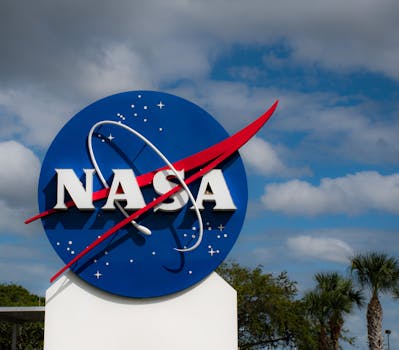Satellite Launch Missions and Their Impact on Space Exploration

Satellite Launch Missions and Their Impact on Space Exploration
Satellite launch missions have revolutionized the field of space exploration, enabling humans to study the universe, communicate with each other, and navigate the globe. The impact of satellite launch missions on space exploration has been profound, with numerous benefits and advancements in various fields. Satellite launch missions have enabled us to explore the universe, understand the Earth’s climate, and communicate with each other over long distances.
Satellite launch missions involve launching a satellite into orbit around the Earth or other celestial bodies. The satellite is designed to perform specific tasks, such as collecting data, transmitting signals, or providing navigation services. The launch of a satellite requires careful planning, precise calculations, and sophisticated technology. The satellite must be designed to withstand the harsh conditions of space, including extreme temperatures, radiation, and vacuum.
History of Satellite Launch Missions
The first satellite launch mission was achieved by the Soviet Union on October 4, 1957, with the launch of Sputnik 1. This historic event marked the beginning of the space age and paved the way for future satellite launch missions. Since then, numerous satellite launch missions have been conducted by various countries and organizations, including the United States, Europe, Japan, and India. The success of these missions has enabled humans to explore the universe, understand the Earth’s climate, and communicate with each other over long distances.
One of the significant impacts of satellite launch missions is the advancement of space exploration. Satellites have enabled us to study the universe, including the Sun, Moon, planets, and galaxies. The Hubble Space Telescope, launched in 1990, has revolutionized our understanding of the universe, providing stunning images and valuable data on the formation and evolution of galaxies. The Voyager 1 and 2 spacecraft, launched in 1977, have traveled to the outer reaches of the solar system, providing valuable insights into the outer planets and beyond.
Applications of Satellite Launch Missions
Satellite launch missions have numerous applications in various fields, including communication, navigation, weather forecasting, and Earth observation. Communication satellites, such as geostationary satellites, enable global communication, providing services such as television broadcasting, telephone connections, and internet access. Navigation satellites, such as GPS, provide location information and timing signals, enabling accurate navigation and precision timing.
Weather forecasting satellites, such as geostationary satellites, enable meteorologists to monitor weather patterns, predict storms, and provide early warnings for natural disasters. Earth observation satellites, such as Landsat and MODIS, provide valuable data on the Earth’s climate, land use, and natural resources, enabling scientists to study the Earth’s systems and monitor environmental changes.
Future of Satellite Launch Missions
The future of satellite launch missions is promising, with numerous planned missions and advancements in technology. The development of reusable launch vehicles, such as SpaceX’s Falcon 9, has significantly reduced the cost of access to space, enabling more frequent and affordable satellite launch missions. The use of small satellites, such as CubeSats, has also increased, providing opportunities for low-cost and rapid development of satellite missions.
The integration of satellite technology with other fields, such as artificial intelligence and robotics, is also expected to enhance the capabilities of satellite launch missions. The use of satellite data and services is expected to increase, with applications in fields such as agriculture, forestry, and disaster response.
In conclusion, satellite launch missions have had a profound impact on space exploration, enabling humans to study the universe, communicate with each other, and navigate the globe. The history of satellite launch missions is marked by significant achievements and advancements, and the future of satellite launch missions is promising, with numerous planned missions and advancements in technology.

